 |
The History of Council Housing |
  |
|
|
3 Homes for Heroes
 |
In the years before the First World War private builders had supplied virtually all new
housing in towns and cities. The war, however, changed everything. Building
activity came to a virtual standstill whilst the country fought. By the
time of the General Election in 1918 it was becoming clear that the country faced an acute shortage of housing.
Building costs were inflated and this, combined with a scarcity of materials and
labour, made it impossible for the private developers to provide houses with rents
within reach of the average working class family. The close of the war also
brought a new social attitude that focused the Government’s attention on a
national responsibility to provide homes, giving rise to Lloyd George's famous
promise of 'homes fit for heroes' referring to the many
soldiers returning from the war. |
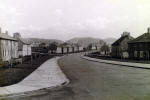 |
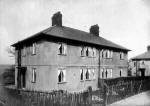 |
The Housing and Town Planning Act of 1919 (The Addison Act) was seen
as a watershed in the provision of corporation (council) housing.
Councils were thrust to the forefront as the providers and they began to
plan their post-war housing programmes. Housing Committees were set up,
working largely from recommendations from central government's advisory
committee - the Tudor Walters Committee and encouraged
to build through the provision of generous subsidies. The subsidy
arrangements shared the costs of this new housing between the tenants,
local rate payers and the Treasury. Councils in areas of high housing
need
could apply for these subsidies. The London County
Council (the predecessor to the Greater London Council) also raised money
through selling London housing bonds which promised investors a 6% return and
raised £4 million during the 1920s. |
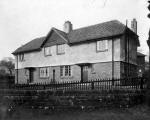 |
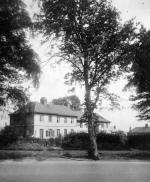 |
Planners promoted the construction of new suburban ‘garden’ estates,
situated on the outskirts of cities. Mainly consisting of three bed
houses for families, the design of the estates aimed to create
self-contained communities of low density - often with no more than 12 houses per acre.
Facilities, including churches, schools and shops, were provided; public houses were
initially excluded from the plans. On most estates, house were provided
with a
generous size garden to encourage the tenants to grow their own
vegetables, a privet hedge at the front and an apple tree at the back.
The interiors varied, some having a parlour, but all had a scullery and
bath. For most new tenants these new conditions were a huge improvement
on their previous slum housing where they had experienced overcrowding and
often were without even basic
facilities. The quality of the housing was generally high. Although some
slum clearance took place during the 1920s much of the emphasis of this
period was to provide new general needs housing on greenfield sites. |
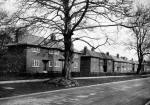 |
 |
 |
The most ambitious estate built to reward soldiers and their families after
the war was the massive Becontree estate in Dagenham which was to become the
largest council housing estate in the world. Work by the London County Council
on the estate started in 1921, farms were compulsory purchased and by 1932 over
25,000 houses had been built and over 100,000 people had moved to the area. The
new houses had gas and electricity, inside toilets, fitted baths and front and
back gardens. LCC also, however, had strict rules for new tenants on housework,
house and garden maintenance, children’s behaviour and the keeping of pets. The
estate expanded over the Essex parishes of Barking, Dagenham and Ilford with
nearly 27,000 homes in total creating a virtual new town with
dwellings for over 30,000 families. |
 |
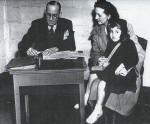 |
Most of these new council estates, like Becontree, provided good quality housing for the better
off working classes but did not provide a solution for the poorer people in
society. Rents were high and subletting was forbidden so naturally the tenants
in the best position to pay were selected. High rents sometimes meant difficulty
in paying, as more applicants from unskilled occupations were housed. The
Addison Act was passed initially as a temporary measure to meet the
housing need felt in the country as an effect of the war and at a time
when private builders could not meet the demand. It was generally
assumed that the private sector would resume responsibility for working
class housing once the British economy had recovered. |
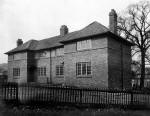 |
|
|